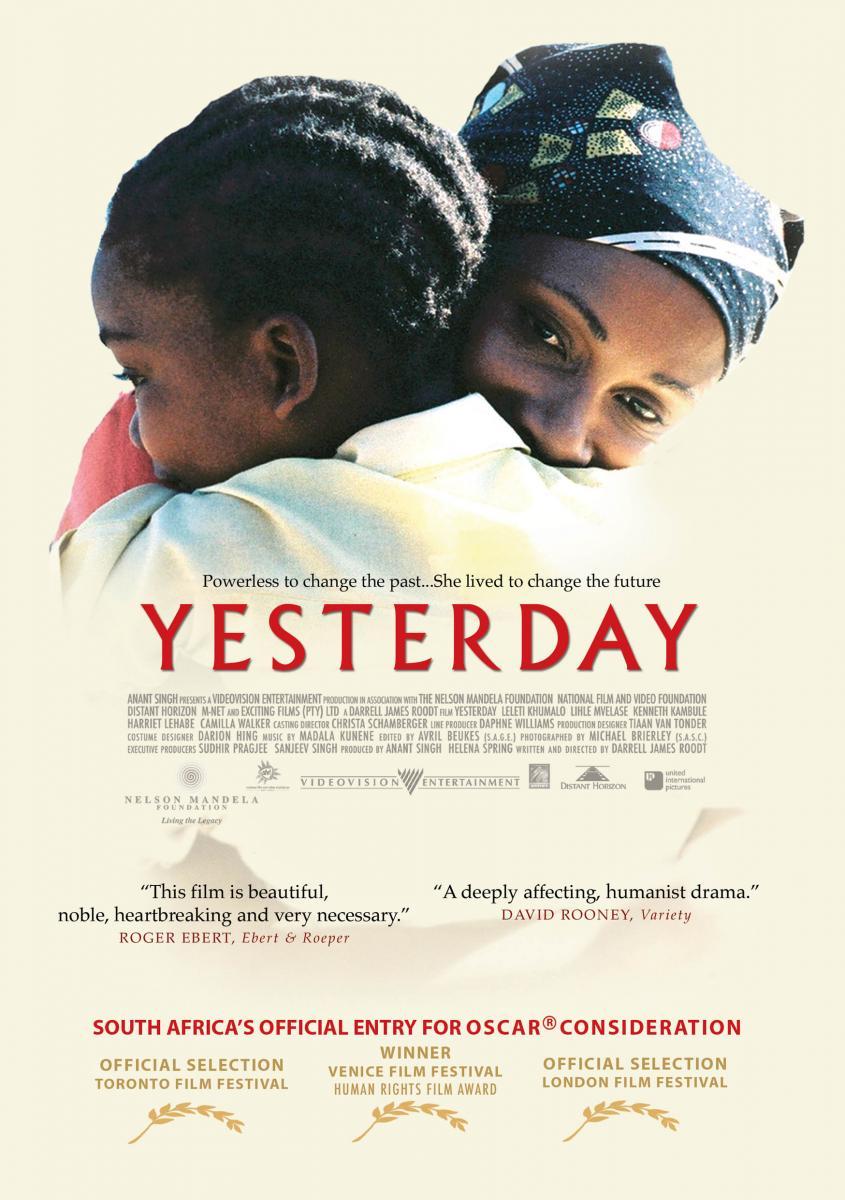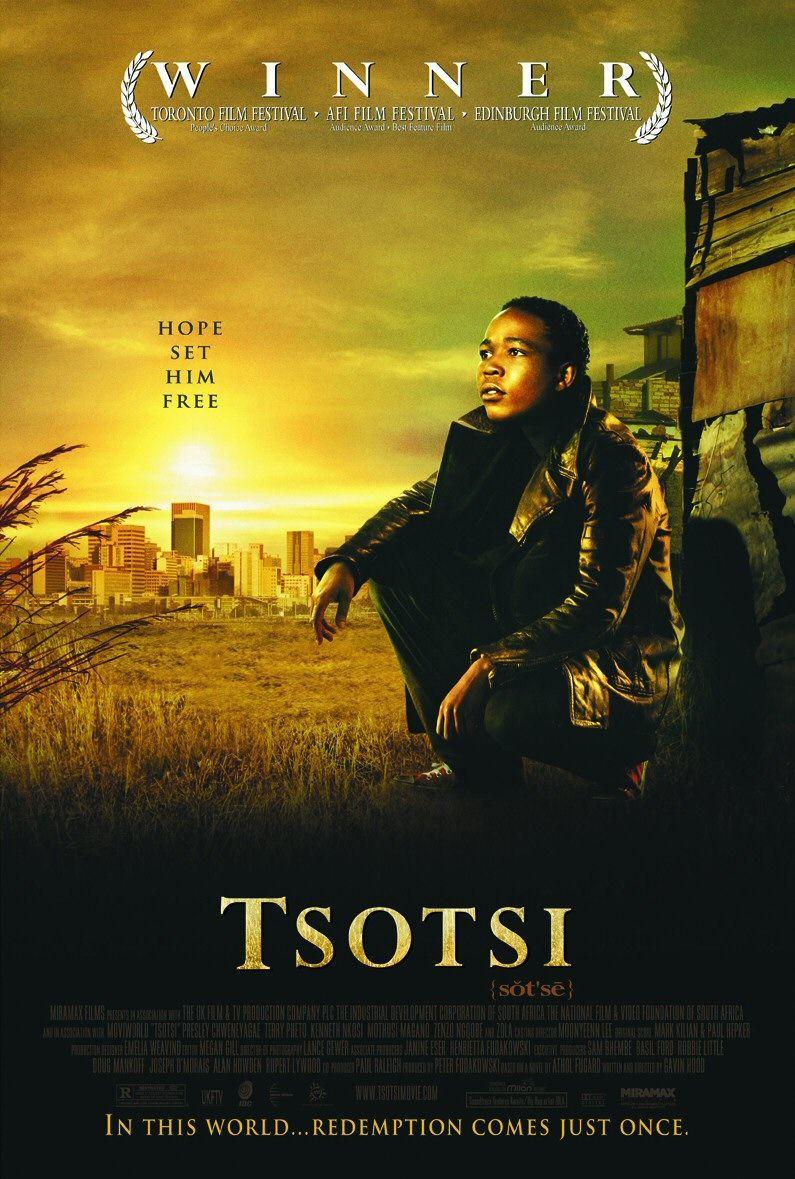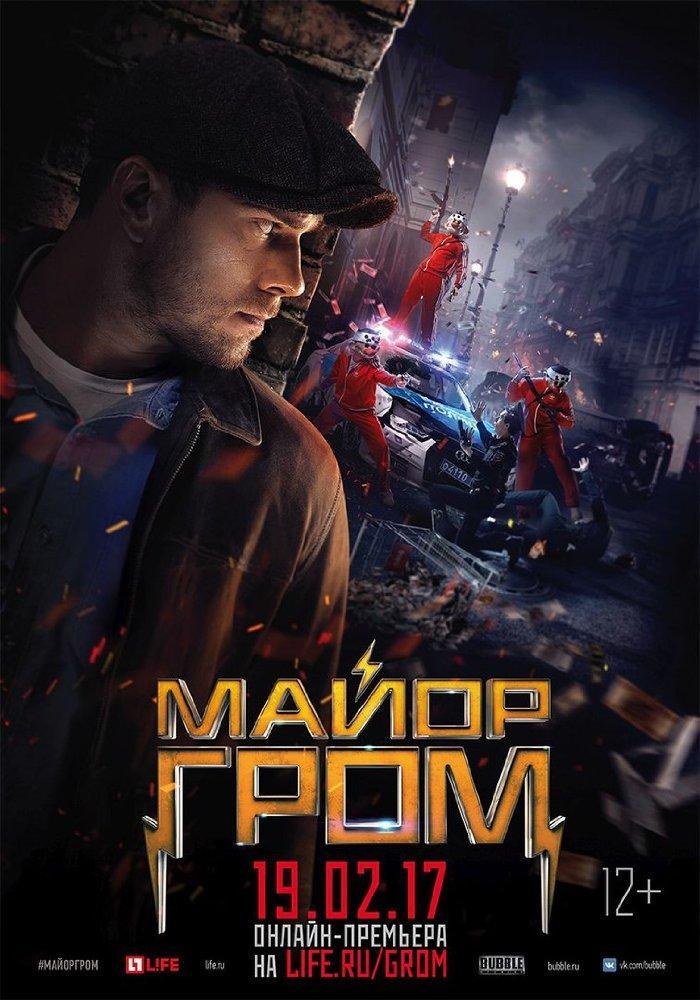
miércoles, 31 de julio de 2019
lunes, 29 de julio de 2019
The Hollywood Reporter : El Despertar de la Hormigas
'The Awakening of the Ants' ('El Despertar de la Hormigas'): Film Review

Courtesy of Solita Films
Understated and emotionally intelligent. TWITTER
Costa Rican Antonella Sudasassi’s first feature depicts the struggles of a young woman to escape the shackles of family.
The hesitant steps toward liberation of a young wife and mother are depicted with subtlety and sensitivity in The Awakening of the Ants, the debut from Costa Rican Antonella Sudasassi. Though its concerns might seem déjà vu to English-speaking auds who claim to live in societies where machismo is on the wane — awakening has been a key feminist trope at least as far back as Kate Chopin — the troubling domestic experiences of its heroine continue to be more universal than we’d like to believe, making Ants one of those stories that always needs telling.
Sudasassi tells hers with a compassion and an eye for detail that have been garnering fest plaudits, including a Jury Award at the recent Seattle Film Festival following its Berlin debut earlier in the year.
The first scene tells us most of what we need to know about young mom-of-two Isabel (Daniella Valenciano), the camera trained on her as she tries to bake a birthday cake (symbolically displaying a cross) as behind her the chaos of family life messily plays out. Inevitably her mother-in-law shows her how it should be done, after which Isabel plunges her hands into the cake, destroying it. But it's not real — this is the first of several moments of escapist fantasy for Isabel, and life goes on.
Poor (but not impoverished), religious and traditional, her family, headed by husband Alcides (Leynar Gomez) and including her two daughters Valery (Isabella Moscoso) and Nicole (Avril Alpizar), put pressure on Isabel to have a third child, without, of course, thinking about what that might imply for her. The story of Ants — famously creatures that mechanically and tirelessly do what is expected of them for the good of their society — is basically the story of how Isabel chips away at building a personal space from which she can resist what’s being demanded of her. She daringly starts to put aside some of her earnings from her work as a (hemmed-in) seamstress, so that she can afford to buy anti-contraceptive pills: In Ants, apparently small gestures of rebellion feel like major risks.
The chit-chat of everyday family life is well-rendered, but once or twice the dialogue goes a bit flat and would have benefited from being edited down. Likewise the metaphors, starting with the ants themselves, which are there to be seen in increasing numbers as things go on, are laid on with a trowel. But the upside of this is that Sudasassi’s ideas sometimes flower into memorable and striking images: One shot of mom, Valery and Nicole sitting in a line having their hair braided might be a first understood as a visual celebration of mother/sister affection, but it comes across as a delicate and subtle image of imprisonment. You could write a dissertation on how Sudasassi handles the cultural significance of hair in this movie.
Visually, much ironic use is made of the bright Costa Rican light and strong shadows that might suggest an altogether sunnier kind of movie. But another trope is that of flickering light bulbs that continually threaten to peter out, as tellingly happens during a sex scene between Isabel and Alcides.
It is not her family that are making Isabel miserable — it’s the idea of family itself. Alcides, Isabel’s unthinking husband, is no villain, and is shown to be just as much of a victim of outmoded Latin cultural concepts, namely machismo, as Isabel is — except, of course, that he’s on the winning side.
The kids are wonderful in their naturalness, and in their scenes The Awakening of the Ants achieves the humor and warmth of good documentary. At the film’s heart, Valenciano is superb in a role that calls on her to communicate a world of frustrated inner misery without ever expressing it out loud. By the time the pic’s wonderfully understated and potent final family scene comes around, Isabel’s initially baffled expression might have given way to something more confident, but there is still the sense that in wanting her freedom, she’s doing something wrong. She ends the movie as she began it — as a woman on the edge of a nervous breakdown.
Production companies: Betta Films, Solita
Cast: Daniella Valenciano, Leynar Gomez, Isabella Moscoso, Avril Alpizar, Adriana Alvarez, Carolina Fernandez, Katia Arce
Director-screenwriter: Antonella Sudasassi
Producer: Amaya Izquierdo
Executive producer: Jose Esteban Alenda
Director of photography: Andres Campos
Art director: Laura Castillo
Costume designer: Ruth Vargas
Editor: Raul de Torres
Composer: Sergio de la Puente
Sales: Figa Films
Cast: Daniella Valenciano, Leynar Gomez, Isabella Moscoso, Avril Alpizar, Adriana Alvarez, Carolina Fernandez, Katia Arce
Director-screenwriter: Antonella Sudasassi
Producer: Amaya Izquierdo
Executive producer: Jose Esteban Alenda
Director of photography: Andres Campos
Art director: Laura Castillo
Costume designer: Ruth Vargas
Editor: Raul de Torres
Composer: Sergio de la Puente
Sales: Figa Films
94 minutes
Ciclo África: Yesterday(2004) M930
- Título original
- Yesterday
- Año
- 2004
- Duración
- 96 min.
- País
 Sudáfrica
Sudáfrica- Dirección
- Darrell James Roodt
- Guion
- Darrell James Roodt
- Música
- Madala Kunene
- Fotografía
- Michael Brierley
- Reparto
- Leleti Khumalo, Lihle Mvlase, Kenneth Kambule, Harriet Lehabe, Camilla Walkerer,Nandi Nyembe
- Productora
- HBO Films / Videovision Entertainment
- Género
- Drama | Enfermedad. SIDA
- Sinopsis
- Después de caer enferma, Yesterday descubre que tiene SIDA. Casada y con una niña pequeña, se enfrentará al desafío que le ha tocado vivir, ilusionada con querer ver a su hija ir a la escuela. (FILMAFFINITY)
- Premios
- 2006: Emmy: Nominada a Mejor telefilm2004: Oscar: Nominada a Mejor película de habla no inglesa2004: Festival de Venecia: Premio EIUC2004: Premios Independent Spirit: Nominada a Mejor película extranjera
Ciclo África: Tsotsi (2005) K930
- Título original
- Tsotsi
- Año
- 2005
- Duración
- 94 min.
- País
 Sudáfrica
Sudáfrica- Dirección
- Gavin Hood
- Guion
- Gavin Hood (Novela: Athol Fugard)
- Música
- Mark Kilian, Paul Hepker
- Fotografía
- Lance Gewer
- Reparto
- Presley Chweneyagae, Terry Pheto, Kenneth Nkosi, Mothusi Magano,Zenzo Ngqobe, Rapulana Seiphemo, Nambitha Mpumlwana, Jerry Mofokeng
- Productora
- Coproducción Sudáfrica-Reino Unido; Distribuida por Miramax
- Género
- Drama | Drama social. Pobreza
- Sinopsis
- En uno de los barrios más miserables de Johannesburgo (Sudáfrica), Tsotsi, un chaval de 19 años, ha borrado todos sus recuerdos, incluyendo su nombre real. Tsotsi significa "matón" o "gangster" en el argot callejero del guetto. Huérfano desde muy pequeño y obligado a salir adelante por sus propios medios, Tsotsi ha llevado una vida de privaciones extremas, tanto físicas como psíquicas. Tiene escasa conciencia de los sentimientos de los demás y se ha endurecido borrando cualquier sentido de la compasión. Gobernado por el impulso y el instinto, le mueve el miedo que inspira a otros. Sin nombre, sin pasado, sin ningún plan para el futuro, en un presente lleno de rabia, Tsotsi lidera su propio grupo de marginados sociales... (FILMAFFINITY)
- Premios
- 2005: Oscar: Mejor película de habla no inglesa2005: Nominada al Globo de Oro: Mejor película de habla no inglesa2005: Nominada Premios BAFTA: 2 nom., incluyendo mejor película de habla extranjera2005: Nominada al David de Donatello: Mejor película extranjera2005: Festival de Toronto: Mejor película (Premio del Público)2006: Asociación de Críticos de Chicago: Nominada a Mejor película extranjera
lunes, 22 de julio de 2019
Mayor Grom (2017) KMJV
Título original Mayor Grom
 Rusia
Rusia
Vladimir Besedin, Artyom Gabrelyanov
Roman Selivyorstov
Arseniy Kan
BUBBLE Studios
35 milímetros

La película de 35 mm es el formato de negativo o película fotográfica más utilizado, tanto en cine como en fotografía, que se mantiene relativamente sin cambios desde su introducción en 1892 por William Dickson y Thomas Edison, que usaron material fotográfico proporcionado por George Eastman. Su nombre viene de que el negativo es cortado en tiras que miden 35 milímetros de ancho y, según la norma, debe llevar cuatro perforaciones por cuadro o fotograma en ambos lados, para que la película se reproduzca a 24 fotogramas por segundo.
Una gran variedad de calibres, en su mayoría patentados, fueron usados en numerosas cámaras y sistemas de proyección desarrollados independientemente a finales del siglo XIX y a principios del siglo XX, desde los 13 mm a los 75 mm. La película de 35 mm fue finalmente reconocida como la medida estándar internacional en 1909 y se ha mantenido largamente como el formato de película dominante para la creación y proyección de imágenes, a pesar de las amenazas de calibres más pequeños y más grandes, y de formatos novedosos, porque su tamaño permite una relativamente buena relación entre el costo del material fotográfico y la calidad de la imagen capturada. Adicionalmente, la amplia disponibilidad de los proyectores de 35 mm en las salas comerciales hace que sea el único formato de película que puede ser reproducido en casi cualquier cine en el mundo.
Este calibre es extraordinariamente versátil en sus aplicaciones. En los últimos cien años se ha modificado para incluir sonido, rediseñado para crear una base de la película más segura, formulado para capturar color; ha contenido multitud de formatos de pantalla ancha (widescreen) e incorporado información de sonido digital en casi todas sus áreas que no tienen marcos. Desde el comienzo del siglo XXI, la fabricación de la película de 35 mm se convirtió en un duopolio entre Eastman Kodak y Fujifilm. .
En 1880 George Eastman comenzó a fabricar placas fotográficas de gelatina seca en Rochester, Nueva York. Junto con W.H. Walker, Eastman inventó un sostenedor para un rodillo de papel revestido de capa de gelatina. La invención de Hannibal Goodwin de la base de película nitrocelulosa, en 1887, fue la primera película transparente y flexible; en los años siguientes, Émile Reynaud desarrolló el primer film stock perforado.
Sin embargo, Eastman fue la primera gran empresa que lanzó la producción en masa de estos componentes, cuando en 1889 notó que la emulsión de solución gelatinosa de bromuro podía ser aplicada a esta base clara eliminado así el papel.
martes, 16 de julio de 2019
Suscribirse a:
Entradas (Atom)







